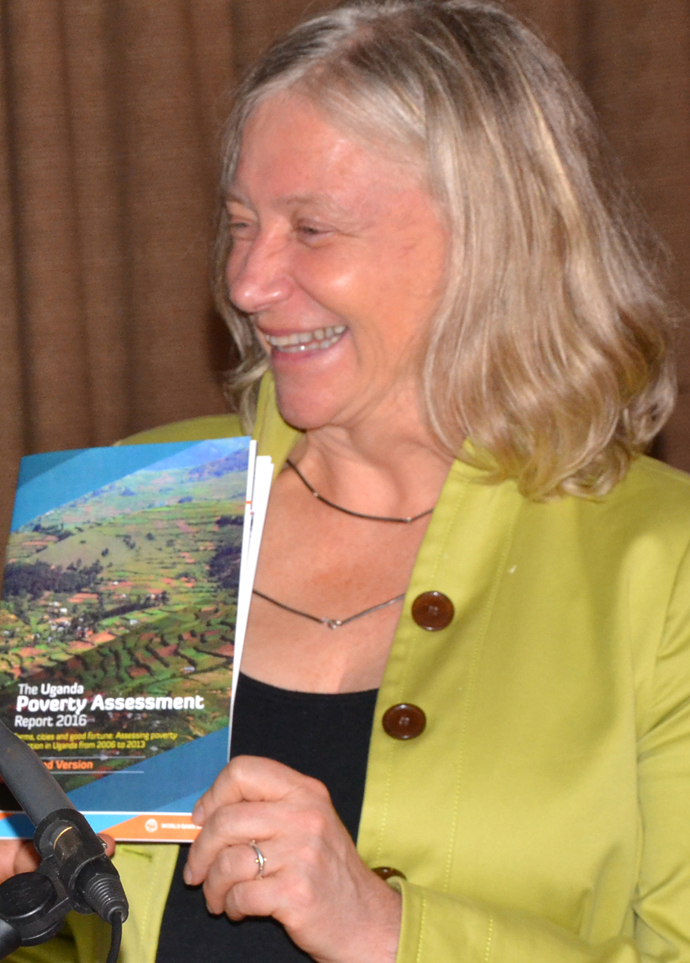Government is asked to revise parameters used for measuring poverty levels in the country to coordinate with international ratings.
Currently, Ugandans earning below one dollars, about Sh3,300 a day are considered to be below the poverty line, yet on the international scale those considered to be below the poverty line earn about $1.9 .
According to the World Bank Country Director Christina Malmbrerg Calvo, Uganda’s scale is way below the internationally accepted parameters.
This, she says misrepresents the actual poverty levels in Uganda, calling for urgent review if the true picture of Uganda’s poverty levels is to be achieved.
The Uganda Poverty Assessment Report 2016 released by the World Bank on Tuesday indicates that Uganda’s poverty reduction since 2006 has coincided with a priod of slower economic growth. The report examines Uganda’s progress in reducing poverty, with a specific focus on the period 2006 to 2013.
It further states that poverty levels in northern and eastern Uganda have risen despite the counrty making progress in reducing poverty levels over the past two decades.
“Progress was slower in the country’s north and eastern regions which have least well-off and margnalised population. The proportion of the total number of the poor people live in North eastern regions increased between 2006 and 2013, from 68 percent to 84 percent,” says the report.
The World Bank report further reveals that a third of Ugandans remain poor and vulnerable to shocks despite the reduction of poverty.
Meanwhile, the State Minister for Planning Mr. David Bahati said that national poverty levels in the country have reduced over the years reducing from 56 percent between 1993 to 2004/5 to 38 percent to the current 19.7 percent, according to the Uganda Bureau of Statistics.
Story By Samuel Ssebuliba








